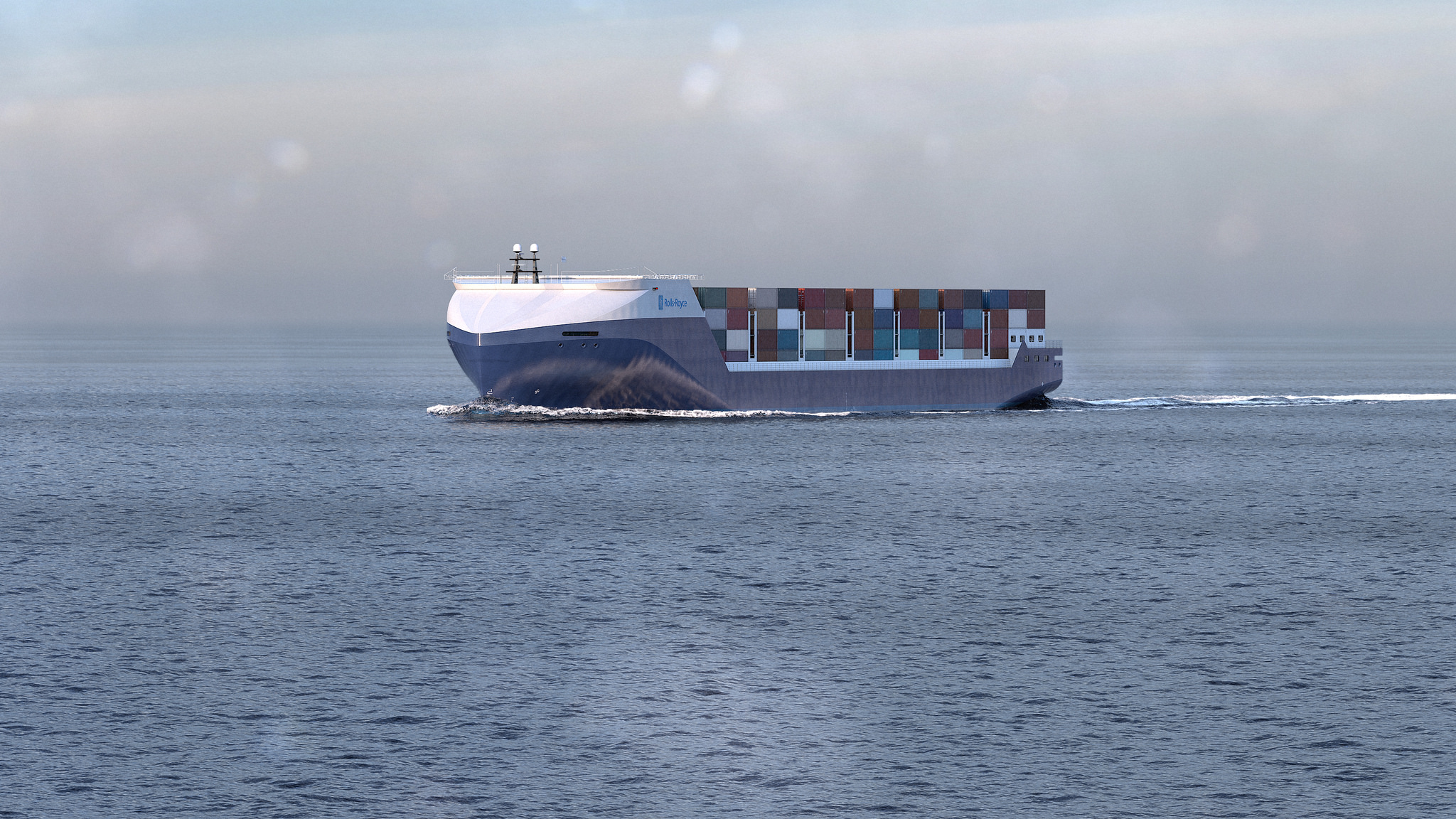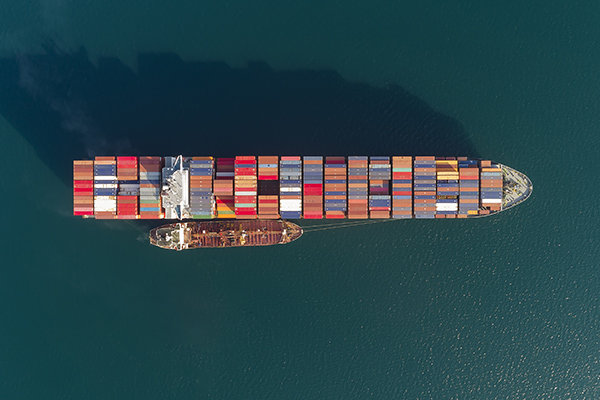


It also addressed the environmental threat caused by routine operations such as the cleaning of oil cargo tanks and the disposal of engine room waste, which cause as much or even more oil pollution, in terms of tonnage, than oil spill disasters. In this respect, the IMO in the following years introduced a number of measures aimed at preventing tanker accidents and minimising their consequences, as well as establishing certain mechanisms for compensation of damages to potential victims. However, the ecological disaster caused by the 1967 Torrey Canyon oil tanker accident, in which 120,000 tons of crude oil were spilled, highlighted the need for the IMO to be concerned not only with human safety aspects of shipping, but also with its environmental impacts. The IMO then moved on to deal with issues such as the facilitation of international maritime traffic, among other technical and administrative matters. Its first major task was to adopt a new version of the International Convention for the Safety of Life at Sea (SOLAS), which was achieved in 1960. Since then, the IMO has succeeded in adopting numerous binding measures to improve the safety of shipping and seafarers, including training, technical measures, emergency communication systems and assistance in case of distress, repression of unlawful acts at sea, etc. Currently, the IMO has 175 Member States. Introduced in 2020, the DPP acts as a gateway for developing partnerships opportunities with a wide range of external partners, include member states, UN agencies, financial institutions NGOs, IGOs, and the private sector.The world authority responsible for setting standards for safety and environmental protection in shipping is the International Maritime Organization, created in the mid-20th century under the auspices of the United Nations (UN).
IMO SHIPPING UPDATE
In addition to regulations to reduce GHG emissions from ships and encouraging its 174 member states and to develop and update National Action Plans consistent with IMO policies, the IMO collaborates with key industry stakeholders through its Department of Partnerships and Projects (DPP). While some have criticised the IMO for not acting with more urgency on climate change, the organization’s work will play an increasingly important role in the decarbonization of the shipping industry going forward. The development of the measures will continue at the IMO and will, according to the agreed timeline, be adopted in 2025 and enter into force in around mid-2027. An economic element which will be some form of a maritime GHG emissions pricing mechanism, potentially linked directly to the GHG intensity mechanism.A technical element which will be a goal-based marine fuel standard regulating the phased reduction of marine fuel GHG intensity.

To ensure that shipping reaches the revised ambitions, the IMO has decided to implement a basket of measures consisting of two parts: Carbon Intensity Indicator (CII) is a rating scheme (A-E) developed by the IMO to measure the annual performance of all ships above 5,000 GT in terms of CO2 per DWT and distance covered.The Fuel Oil Consumption Data Collection System (DCS): Mandates annual reporting of CO2 emissions and other activity data and ship particulars for all ships above 5,000 GT.Energy Efficiency Existing Ship Index (EEXI): Set to enter into force in 2023, EEXI applies many of the same design requirements as the EEDI, with some adaptations regarding limited access to design data.Ship Energy Efficiency Management Plan (SEEMP): A practical tool for helping shipowners manage their environmental performance and improve operational efficiency.Energy Efficiency Design Index (EEDI): New ships must be built and designed to be more energy efficient.To provide a regulatory framework to achieve the targets of the initial strategy, the IMO implemented the following measures as part of MARPOL: to reduce the total annual GHG emissions from international shipping by at least 70%, striving for 80%, by 2040.to reduce the total annual GHG emissions from international shipping by at least 20%, striving for 30%, by 2030.The strategy also sets out indicative checkpoints for 20 GHG emissions from international shipping to reach net zero by or around, i.e.Uptake of zero or near-zero GHG emission technologies, fuels and/or energy sources to represent at least 5%, striving for 10%, of the energy used by 2030.A reduction in carbon intensity of international shipping by at least 40 per cent by 2030 compared to 2008.The IMO’s 2023 Revised GHG Strategy has three interlinked ambitions:


 0 kommentar(er)
0 kommentar(er)
